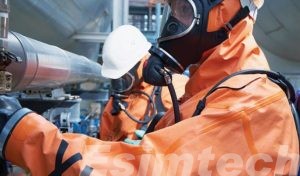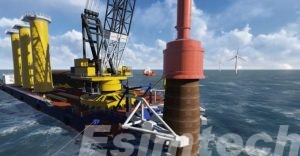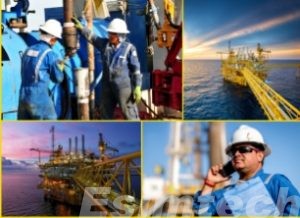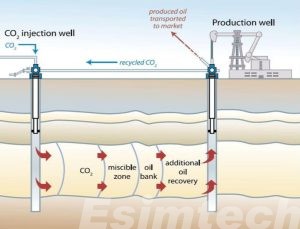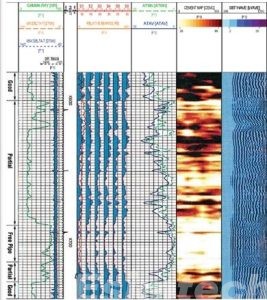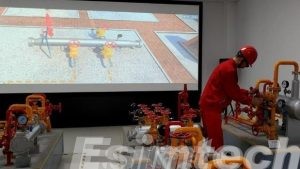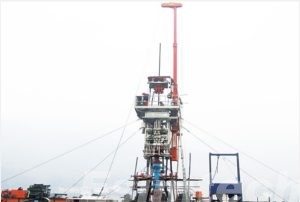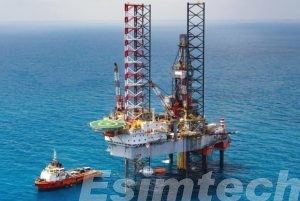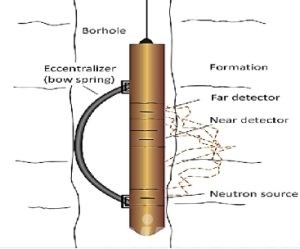5 Must-have Oil and Gas Safety Training Programs for Workers
Oil and gas work environments can be highly dangerous for workers. Effective safety training should not just be seen as a regulatory requirement but rather a lifesaving practice for any…
The Impact of Oil and Gas Animation on Environmental and Risk Assessments
Oil and gas industry operations can be one of the most complex and high-risk sectors, requiring extensive planning, safety measures and environmental considerations. Thanks to technology advancements, oil and gas animation has emerged…
How to Enhance the Accuracy of Drilling Simulators
Drilling simulators are used for training, design, and performance optimization of drilling operations. However, for simulators to be truly effective, they must accurately represent the complexities and dynamics of actual drilling…
Training Using Drilling Simulators vs. On-the-rig Experience
In the oil and gas industry, effective training is crucial to ensure safety, efficiency, and operational excellence. Two prominent methods for training personnel for drilling operations are drilling simulators and on-the-rig experience…
What is Gas Injection Enhanced Oil Recovery in Oil and Gas Industry
EOR is an invaluable tool in the oil and gas industry for extracting additional hydrocarbons that cannot be recovered through traditional means. Of all EOR methods available today, Gas Injection Enhanced…
How Digital Twins Are Used in Oil and Gas Engineering
Oil and gas companies have long utilized advanced technologies to increase efficiency, safety, and profitability. An emerging innovation within this space is digital twins–virtual representations of assets or processes updated…
What are Effective Strategies for Oil and Gas Safety
From offshore drilling platforms to inland refineries, the oil and gas sector operates in challenging environments and handles inherently hazardous substances. With such high stakes, oil and gas safety is not just a…
What You Need to Know about Cement Bond Logging
Cement bond logging is used in the oil and gas industry to evaluate the integrity of the cement bond between the casing and the surrounding rock formation. This process is essential for…
Simulation in Gas Production Training: Boosting Engagement & Knowledge Retention
Oil and gas industries are high-stakes environments where operational efficiency, safety and expertise are of utmost importance. While traditional training methods may provide valuable education, they often fail to prepare…
How AI & Automation Are Transforming Deep Well Snubbing Operations
Deep well snubbing is a vital process in the oil and gas industry that involves inserting or extracting pipe from wells under pressure. Once performed manually and dangerously, recent advances in…
What do You Know about Offshore Oil Production
Offshore oil production is a significant contributor to the global energy supply, providing a substantial portion of the world’s crude oil and natural gas. As land-based oil rigs become more challenging…
How Does Well Logging Work in Carbon Capture and Storage (CCS)
Carbon Capture and Storage (CCS) is a critical technology for reducing greenhouse gas emissions by capturing carbon dioxide (CO₂) from industrial sources and securely storing it underground in the oil and gas…

